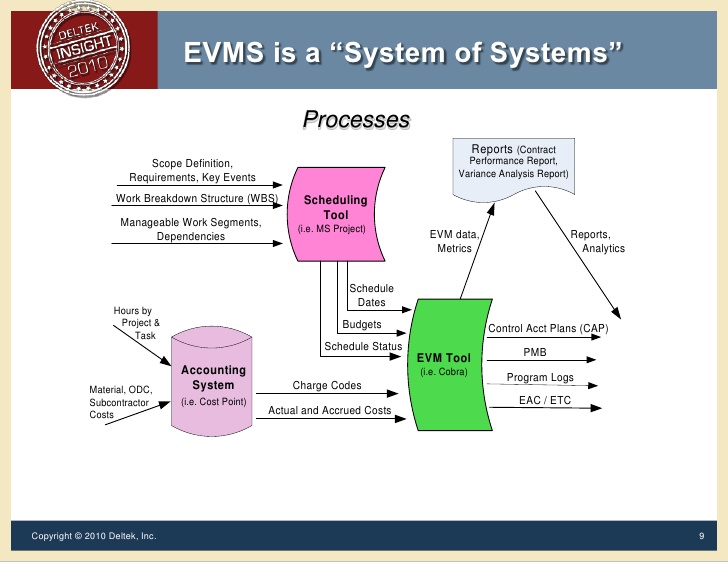Earned Value Management System (EVMS)
The ANSI/ELA-748 Standard for Earned Value Management Systems was developed in 1996 as part of the Department of Defense (DoD) acquisition reform initiative that adapted commercial management control best practices. The U.S. issuance of ANSI/ELA-748 EVMS Standard in 1998 went through a revision in 2007 incorporating document templates and again in 2013, providing additional details and clarity without modifying the individual requirements. As a general introduction to EVMS, the book Earned Value Management: A Global and Cross-Industry Perspective, provided a brief history, purpose, and application of EVMS and shows that it has been globally adopted in a variety of different industries. The author’s research included a survey of over 600 project management practitioners giving the reader a cross-industry perspective on current EVM practices. The book provided a foundation of how EVMS is viewed and utilized around the world.
The latest revision of the EVMS Standard
Management Systems Intent Guide (Rev. C), written by the American National Standards Institute is “a guide for establishment and application of an integrated management system with coordination of work scope, schedule, and cost objectives and application of earned value methods for program or enterprise planning and control” . The standard provided guidance, structure, and process for understanding a successful EVM system. The Standard documented the fundamental objectives of each of the 32 EVMS guidelines and helped grasp how EVMS performance measures relate to product and business processes. Typically, the EVMS requirement has been enforced on DoD development contracts, causing confusion or misunderstandings when applied to a production environment. In a production environment, EVMS terminology and practices are not clearly understood from reading the Standard. The paper Earned Value Management in a Production Environment, related EVMS to a typical production environment. This paper explained EVMS compliance, in general production terms, helping guide users so that they can demonstrate compliance with the EVMS 32 guidelines. Accompanying the Standard, the Contracting Officer’s Representative (COR) provided key aspects of contract quality surveillance. DoD’s description and the importance of contract surveillance is found in this handbook that defined roles and responsibilities of a Contracting Officer Representative. The COR handbook was used as a resource for understanding the government’s perspective of EVMS compliance.



